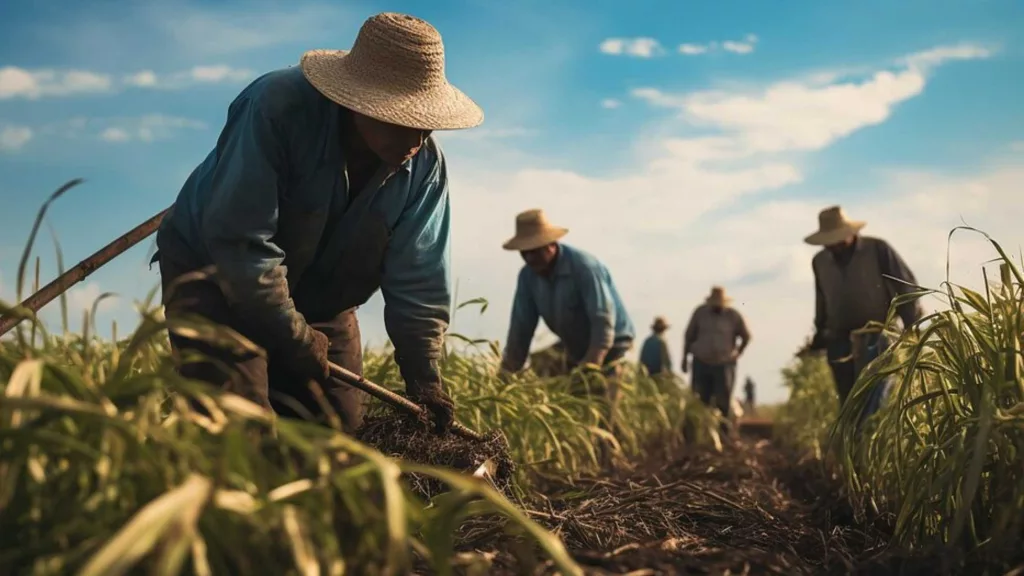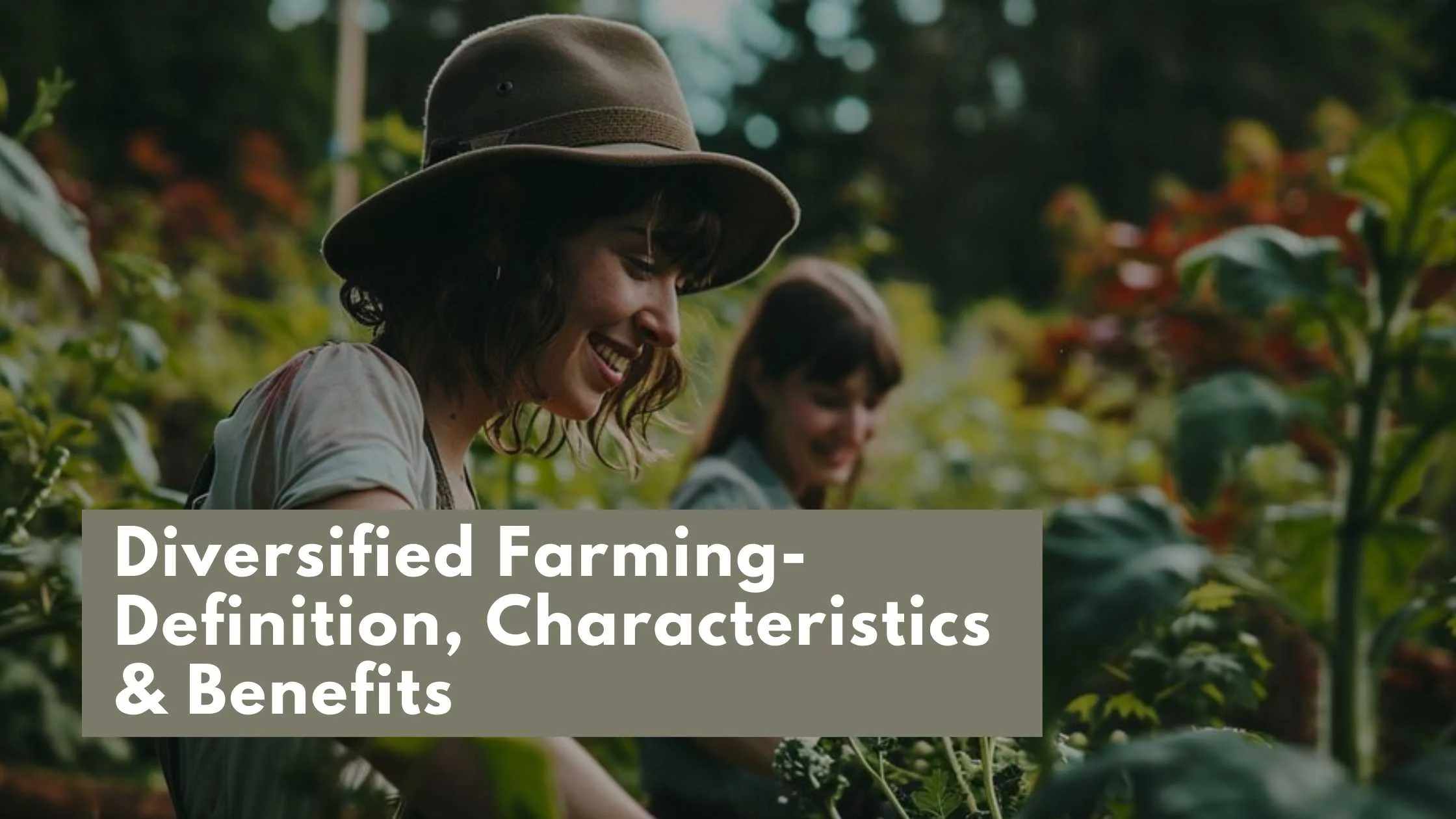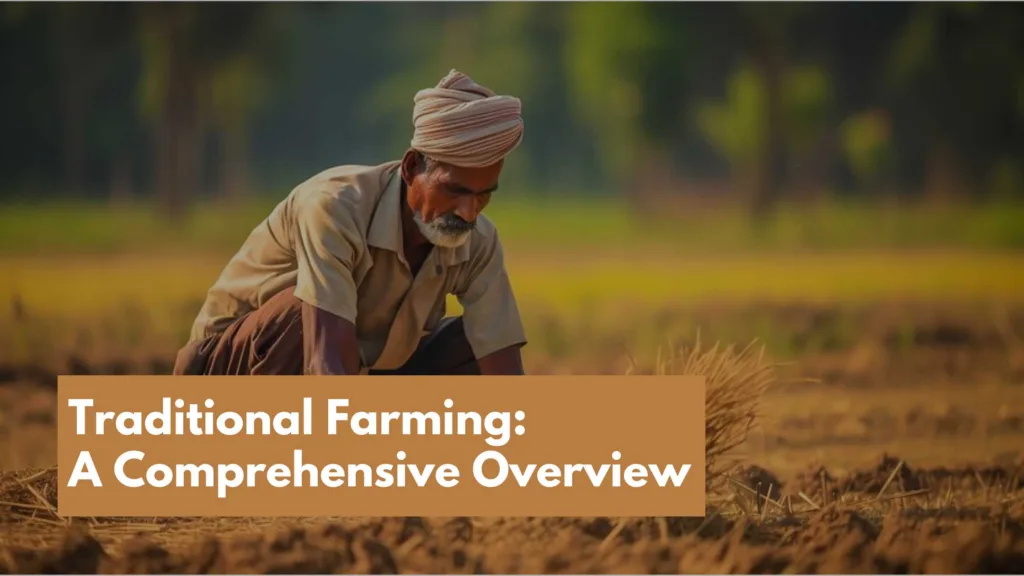What is Agricultural Diversification?
Agriculture Diversification refers to the shift in crop patterns or non-farming options other than Farming. Changing crop patterns means the farmer must diversify between food and non-food crops. Diversification to non-farming means animal husbandry and poultry farming, another diversification in Farming.
This diversification allows the farmers to increase their income through multi-functioning or just diversification of crops or farming methods. Opting for animal husbandry and poultry farming can be conducted along with Farming. Thus, it acts as a second income to the farmers.
Agricultural diversification’s goal includes increasing farm productivity, reducing risk, and promoting sustainability by improving soil health, enhancing biodiversity, and increasing resilience to climate change.
Agriculturally diverse Farming has also produced a more comprehensive range of goods, including high-value specialty crops and livestock products, which can increase farmers’ profitability.

Types of Diversification
There are two types of diversification in Farming in India:
Horizontal Diversification
It involves cultivating various crops instead of growing a single crop. Horizontal diversification is helpful for small farmers who cultivate on a small piece of land. It increases their income by diverse varieties of crops.
Vertical Diversification
This is the Diversified Farming in which farmers invest in various options other than Farming. In this diversification, farmers invest in activities such as horticulture, livestock, agroforestry, and the culture of aromatic plants.
Features of Diversification
The features of agricultural diversification may include:
- Increased productivity
- Improved soil health
- Enhanced biodiversity
- Resilience to climate change
- Additional income streams
- Improved social and environmental sustainability
Reasons for Agricultural Diversification
There are several reasons why farmers and agricultural systems may choose to diversify:
Market opportunities:
Diversification can allow farmers to tap into new market opportunities for high-value specialty crops or livestock products that may have higher demand and profitability.
Risk management:
Diversified Farming can help reduce the risk of crop failure or livestock losses due to weather, pests, or market fluctuations by spreading risk across multiple enterprises.
Soil health:
Diversification can help to improve soil health by reducing soil erosion, improving soil structure, and increasing soil organic matter.
Biodiversity:
Diversified Farming can enhance biodiversity by providing habitats for a broader range of plant and animal species, which can support natural pest control and pollination services.
Climate change resilience:
Diversification can help to increase resilience to climate change by reducing dependence on a single crop or livestock enterprise that may be vulnerable to extreme weather events.
Income diversification:
Diversified Farming can provide additional income streams for farmers through the production of high-value specialty crops or livestock products or the adoption of value-added processing or direct-to-consumer sales.
Social and environmental sustainability:
Diversification can promote social and environmental sustainability by reducing synthetic inputs, promoting local food systems, and supporting rural livelihoods.
Conclusion
In conclusion, agricultural diversification is an essential strategy that can benefit farmers and agricultural systems. By spreading risk across multiple crops or livestock enterprises, diversification can help to reduce the negative impact of crop failure, weather, pests, or market fluctuations.
Additionally, diversification can improve soil health, enhance biodiversity, increase resilience to climate change, provide additional income streams, and promote social and environmental sustainability. Overall, agricultural diversification can improve food security, nutrition, and economic growth, making it a valuable strategy for farmers and agricultural systems to consider.



